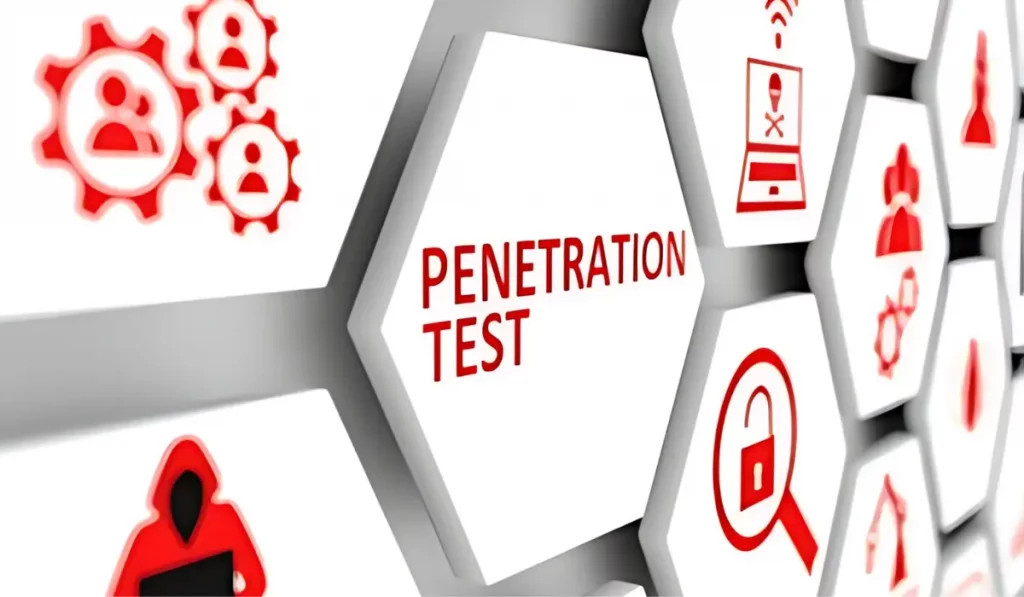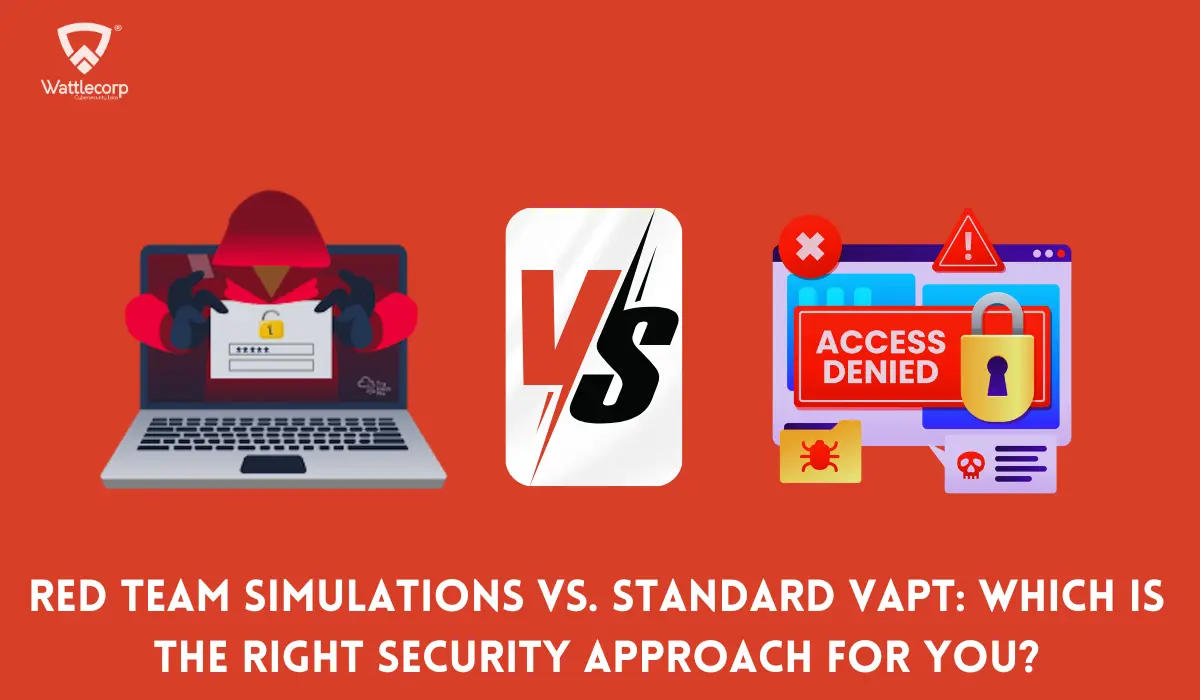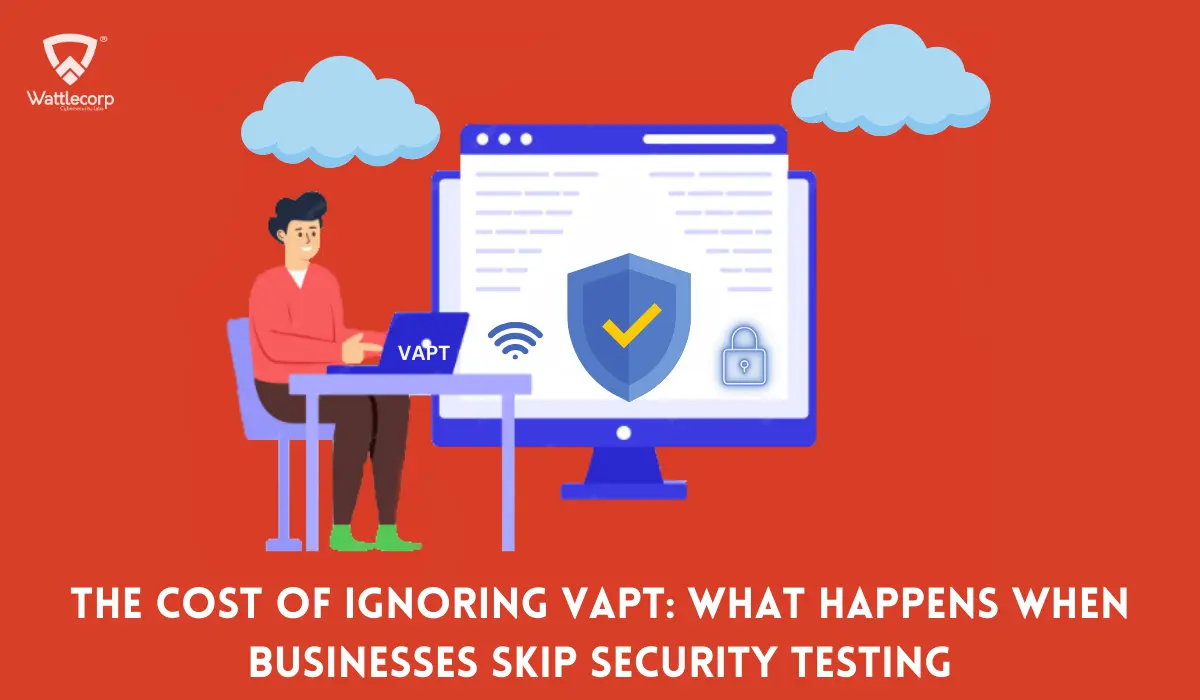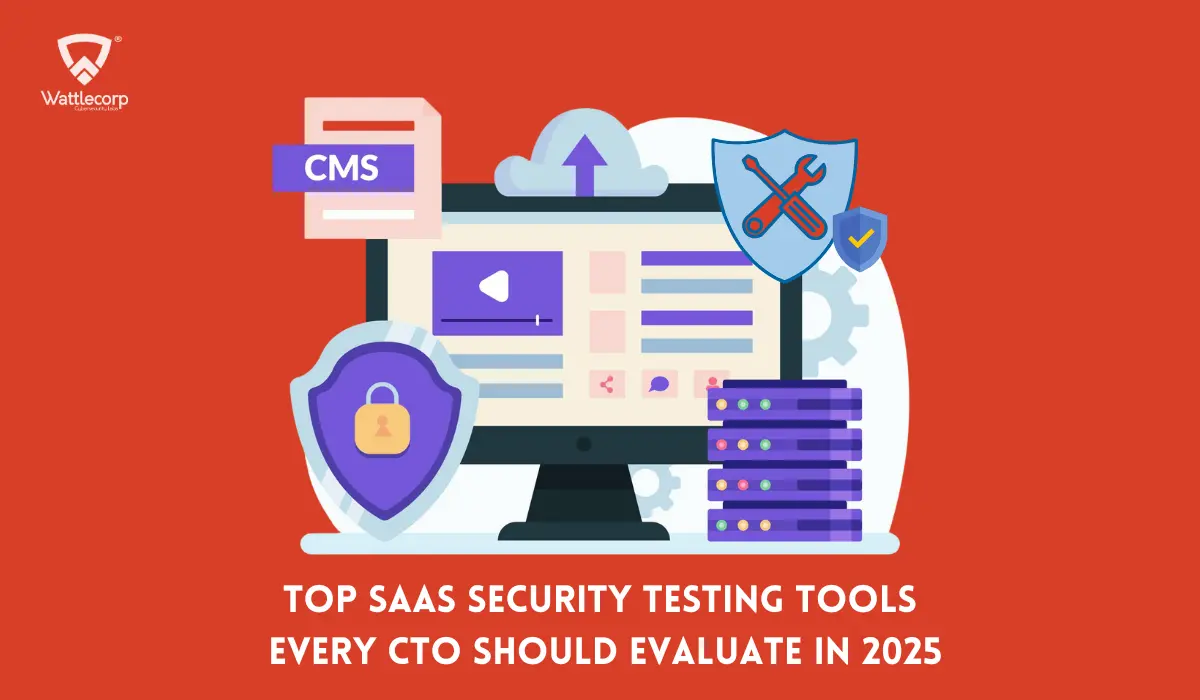A precise penetration testing checklist helps your security team deliver more accurate results when hunting for vulnerabilities in your application, infrastructure, or any asset related to the premise.
Conducting pen testing at the right time (at least annually) not only helps to be proactive towards threat hunting but also to keep the trust of key stakeholders in the business and the team that leads it.
A successful penetration test requires the completion of several complex processes, such as the vendor procurement process, test planning, logistics, and, of course, post-test remedial measures. Also, why does conducting penetration testing still matter even today when the world of technology is being stormed by artificial intelligence and its byproducts?
Let’s have a glance into the detailed process involved in penetration testing preparation and the steps involved in it.
Table of Contents
TogglePenetration testing preparation
Defining the scope is considered to be the initial step of penetration testing preparation. This consists of setting the objectives, identifying the target assets, and systems to be tested, and defining the approach going to be taken.
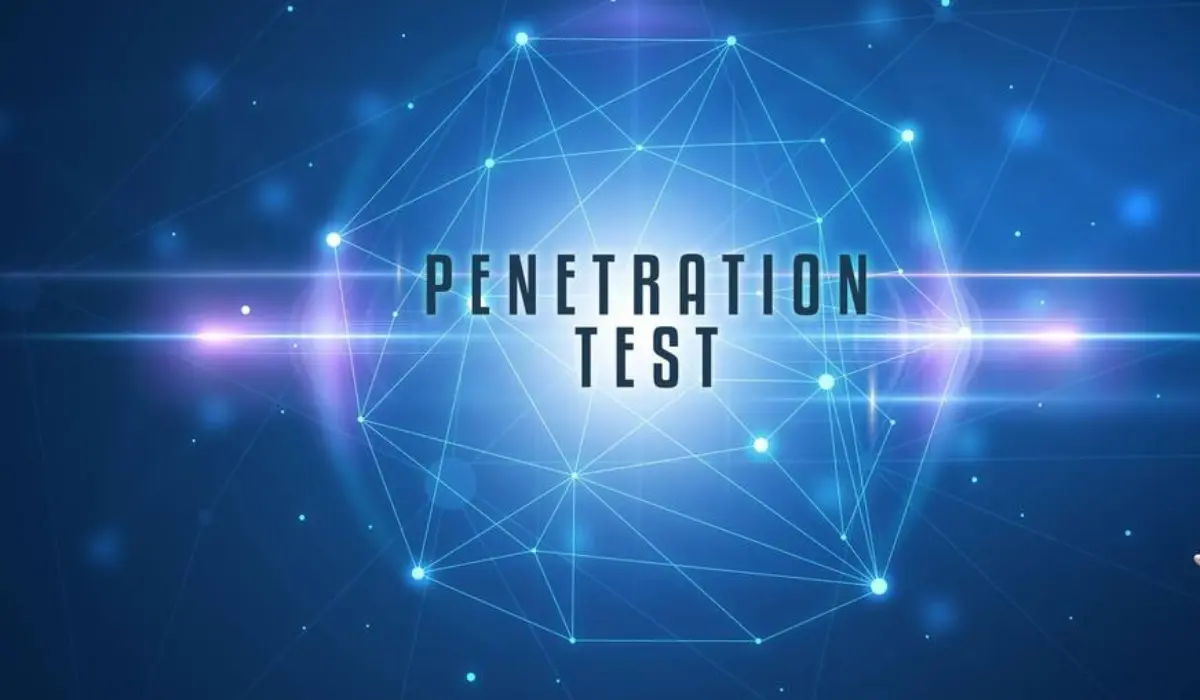
The purpose can be for penetration testing compliance requirements, risk management, or improving the overall cybersecurity posture by mitigating certain types of vulnerabilities. The pentest can be black box testing, white box testing, or gray box testing, which significantly impacts the forthcoming steps in preparation as well as performing penetration tests.
Also, defining the assets based on their nature of sensitivity and criticality of infrastructure is important in scoping. It can be cloud, network, application, servers, databases, or infrastructure which is the target to be assessed in the penetration test preparation.
Once the scope is defined, assembling the right team comes next. It is better to go for individuals with diverse skills and expertise aligning with the cybersecurity vertical. As in battle, having a great arsenal of precise tools, techniques, and strategies is also a must-have for the team. This ensures to conducting of a comprehensive test that covers all possible areas with various perspectives.
To ensure the thoroughness of the test, it is better to conduct an internal test to find the preliminary vulnerabilities before the actual penetration test. This step is often left behind by the majority of the testers. It is worth bringing to attention that the effectiveness of the entire penetration test greatly depends on the same.
The last step in penetration testing preparation is following legal considerations, obtaining consent from stakeholders, and ensuring that the test won’t violate any laws and regulations.
Further steps in cybersecurity preparation for businesses
Once the preliminary scoping, staffing, internal test, and legal permissions from decision-makers are done, it is better to define how frequently the penetration test has to be conducted. This can be based on business requirements such as how often new updates are released, industry standards, and how critical the previously found vulnerabilities were.
Next comes choosing in-between manual and automated testing, and social engineering tests. Manual penetration provides your business with more of a precise, in-depth, and strategic approach which machines have yet to achieve. Even though it is time-consuming, it delivers a simulation of more of a realistic attack scenario. The security professionals could perform a deeper analysis by understanding the context and requirements. This helps businesses to uncover complex vulnerabilities and business logic errors.
The automated penetration testing approach delivers faster results and is less human resource-oriented. It is capable of covering a larger system or network and helps to ensure that every endpoint is assessed. Also, an automated pentest can be repeatedly conducted over each test, which becomes useful for annual penetration tests.
Rather than choosing between manual and automated penetration tests, it is always advisable to have a combination of both that helps to obtain the speed and power of automated tests while combining the depth of analysis delivered by the manual test.
Also Read : How To Choose The Right Penetration Testing Company For Your Business?
Types of Penetration Testing
Penetration testing can be classified based on various aspects. Considering the amount of information the penetration tester would have before the assessment, it can be primarily classified into the following:
1. Black Box Pen Testing
It is the penetration testing approach that evaluates the vulnerability and functionality posture of the application, asset, or infrastructure of your business with zero preliminary data shared with the pen-testers by the stakeholders. Usually, it is used to assess the application’s functionality, security, performance, and so on.

A lot of guessing work is required by the testers on the output and the possible loopholes. Remarkably the test mimics a real attacker outcome and hence this test is more suitable for analyzing the external threats of the applications. Hence it is also known as external penetration testing or closed box testing approach.
Since this is conducted in isolation from the organization and its employees, black box penetration testing is capable of delivering unbiased perspectives in results and detecting glitches the developers would miss.
In black box testing, the pen-testers employ various methods such as fuzzing, vulnerability scanning, web application scanning, OSINT, DNS enumeration, port scanning, syntax testing, brute forcing, password attacks, wireless network scanning, etc.
2. White Box Pen Testing
Contrary to the previous one, white box testing is penetration testing conducted in a more informed manner. This means that the pen testers would have the maximum possible information about the organization about to undergo the test. The shared data includes sharing full network and system information, which includes the credentials and the network mappings. Also, it delivers faster results as compared to black box testing and is less costly to perform.

Since it was conducted cross-collaboration with the internal team, it can be considered more as an open testing. It is often called clear box pen testing.
White box testing delivers more comprehensive findings due to its nature of informed testing and being conducted upon the source code after being compiled. That is the program’s internal structure or the logical design is being tested.
3. Grey Box Pen Testing
It can be defined as the mixture of black box and white box penetration testing. Here penetration tester is given limited information about the system, which may or may not include the architecture, design, code, or network.

Usually, this penetration testing methodology is utilized to find vulnerabilities within an application. This is by understanding how a bad actor who had already penetrated the application perimeter can leverage partial information gained or privileged user account access.
Here the possibilities of an insider attack are also analyzed. This is done by achieving a greater balance between the depth of the white box pen testing approach and the efficiency of the black box penetration testing approach.
Also Read : 7 Phases In Penetration Testing: Complete Process & Tools
Business benefits of annual penetration testing
Conducting pen testing comes with more than merely ensuring security for your organization. Primarily, they help to assess and determine the current security posture of your business and the application precisely.

Along with the same, it helps organizations to have a proactive approach towards real-world threats along with its exponentially changing dynamics. This helps to ensure that your security team efforts were not left in vain.
Reducing cyber liability insurance premiums is another key benefit that comes with annual penetration testing. What determines the amount to be paid by the business are the degree of regulatory cybersecurity compliance, cyber risk exposure, and the number of data breaches any organization has been affected in the past.
Other benefits include preventing breaches from taking place or reducing their impact when they try to blow up the business. Annual penetration testing helps determine your current incident response capabilities and find room for improvisations.
Meeting data security compliance needs is indeed one of the major pain points for any business, which is achieved through penetration testing designed based on the standards. GDPR, PCI DSS, HIPAA, and ISO 27001 are a few of the same.
Optimization of the enormous budget allocation for threat detection, analysis, and prevention is another key benefit along with boosting customer, and partner trust with the assurance of providing secure applications and services to the clientele.
Frequently Asked Questions (FAQ)
What steps should I take before starting a penetration test?
Before starting a penetration test, the steps to be taken are to collect information that helps to define the scope and goals precisely. The next would be to conduct a primary assessment, and then allocate security talents based on the requirements and the nature of vulnerabilities based on the application infrastructure. Collecting authorizations from decision makers regarding the legal and permission comes next, and defining how often the penetration testing must be conducted will be defined as the preliminary steps to penetration test.
How do I define the scope of a penetration test?
Defining company objectives comes as the first step in defining the scope for penetration test. Then comes coordinating with the stakeholders to determine their requirements. Next comes identifying the assets, understanding the system architecture, and identifying the biggest risks. The exclusions to be considered in the test are usually shared by the organization itself is also included in this phase.
3. Is obtaining permission necessary for all types of penetration testing?
Yes. Penetration tests conducted without permission or authorization from the organization or its stakeholders are the same as an illegal cyberattack by bad actors. This would result in a bunch of legal complications and loss of reputation for the security professionals once caught by them.
